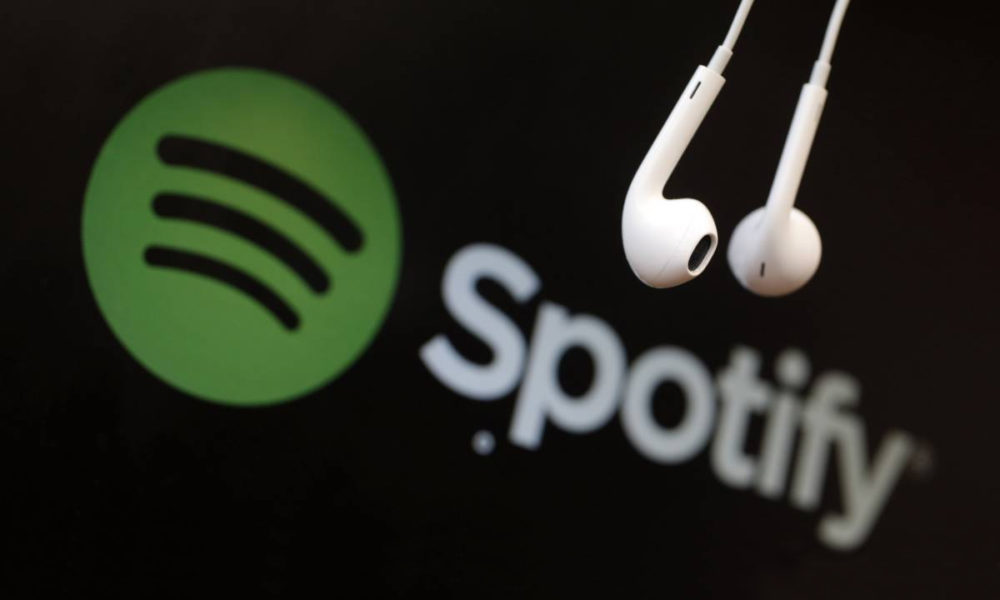
As soon as it became known that, following the general trend among the large content services, Spotify will raise the prices of all its payment plans, the company released its latest earnings report, which includes more data apart from the merely economic.
However, Spotify continues to grow and that is reflected in audience, but also in the revenue that the company receives. As of June 30, 2023, they report 220 million Premium users, or what is the same, users of some of its payment plans, all of this from a total of 551 million monthly active users. That is, about half of its user base pays up.
In relation to the same period last year, both figures are growth: 27% in the case of paid users and 17% of total users. However, the benefits do not flow in the same amount and, in fact, Spotify now earns less than it did then, at a rate of about 4.27 euros per user. In the previous quarter they were 4.32 euros. The rest of the subscription price, obviously, is royalties.
From this adjustment in profits, but above all from the economic situation that we have dragged on for a couple of years now, movements in the company can be understood, such as the dismissal of 600 employees in January, the relaxation in the commitment to the podcast segment last aforementioned decision, the price increase in the subscription of the service.
With everything and since we collected ourselves not long ago, the fact that Spotify grows does not mean that the business is profitable, at least in net numbers. For more inri, Spotify loses more and more money and in the current financial year it reaches 302 million euros in losses, compared to 125 million in the last quarter of 2022. More information in The Verge.
Likewise, neither putting growth before profits, nor applying price increases, is something exclusive to Spotify. Without going any further, last week the same thing about YouTube Premium or YouTube Music was announced, which in this case are the same. But it is that Apple Music, Amazon Music or Tidal (this one, as of August) have also done so, although they are not in all the markets in which they operate.




